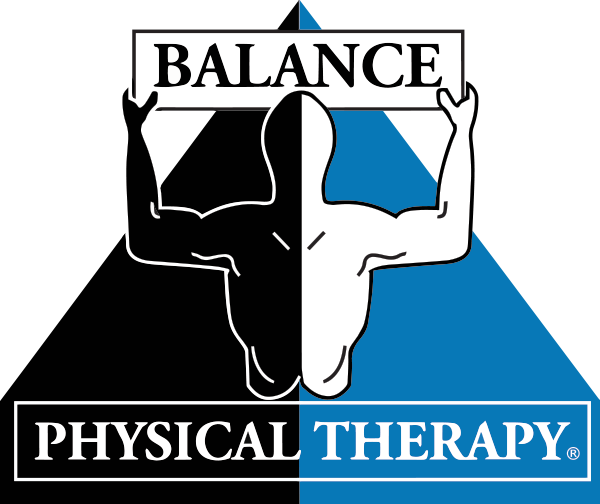Lateral Hip Pain and Trochanteric Pain Syndrome
By Dr. Maria Suarez, PT, DPT
Do you experience pain at the side of your hip? Is it painful when you lay on the involved side? Does it hurt when you go up or down stairs? If so, you have symptoms of a condition that was previously known as trochanteric bursitis, but more commonly referred to as greater trochanteric pain syndrome (GTPS). The “old” term was coined based on the idea that the pocket of fluid, the trochanteric bursa, that normally sits over the boney part of your hip, the greater trochanter, was inflamed and the source of pain. However, as research in this condition furthers, we now know that this pain may originate from various sources that may include the gluteus medius and minimus tendons, the trochanteric bursa, and the top part of the IT band (ITB).
Risk factors and interesting points on GTPS:
- Women>men
- Individuals aged 40-65
- 20-35% of individuals with low back pain also report GTPS
- Higher prevalence in individuals with ITB pain and knee OA
So why was the term changed to include the word “syndrome” and why do we see GTPS in individuals with low back pain and knee pain? This is because GTPS occurs as a movement dysfunction related to excessive hip adduction and internal rotation movement with standing/walking tasks. This usually happens gradually and overtime, leading to excessive tensile and compressive forces on the tendons of the hip. Because the hip and shoulder joint are similar in that they are both a ball and socket joint, you can think of GTPS like rotator cuff impingement— an imbalance between muscles that are too tight and some that are too weak that, with repetitive motions/activity, cause a strain on the tendons and cause inflammation to surrounding structures.
When you come in for your PT evaluation for lateral hip pain, we will focus on identifying which muscles are weak and which are tight. Our goal is to help you manage the load and compressive forces on the greater trochanter through appropriate strengthening exercises and changing your movement patterns.
What can you do now?
Make some changes to you day to day life:
- Avoid sitting with your legs crossed
- Avoid leaning to one side in standing
- Avoid crossing your legs while standing
- DO place a pillow or 2 between your knees if you sleep on your side with your painful side up. This avoids hip adduction and compression.
- DO keep your legs separated (think of an “A” shape) when sleeping on your back.
Try these exercises to start your strengthening journey:
- Hooklying Isometric Hip Abduction with Belt: Begin lying on your back with your knees bent and a belt looped around your knees. The belt must be taut with no give. Gently press your knees out into the belt, hold briefly, then relax and repeat. Make sure to continue breathing evenly. There should be little to no movement during the exercise. Do this for a couple of weeks or until this is no longer painful, then move to exercise #2 and #3.
- Clamshell with Pillow Between Knees: Begin lying on your non-involved side with your knees bent and a pillow between your legs. Slowly raise your top knee toward the ceiling, then return to the starting position and repeat. Make sure to keep your abdominals engaged and do not let your hips rotate forward or backward during the exercise.
- Glute Bridge: Begin lying on your back with your knees bent and feet resting flat on the floor. Tighten your abdominals and slowly lift your hips off the floor into a bridge position, keeping your back straight. Make sure to keep your trunk stiff throughout the exercise and your arms flat on the floor.
If you continue to have persistent pain, contact us at Balance Physical Therapy to get a detailed evaluation of your hip and leg. We have locations throughout the Central Coast, including Salinas Monterey, Prunedale, Ryan Ranch and Watsonville. We offer a wide variety of services to help decrease pain, improve strength and mobility, and optimize overall function. All of our highly trained clinicians will be able to provide you with an individualized program in order to meet your goals and improve your quality of life. Contact us today to schedule an appointment.

